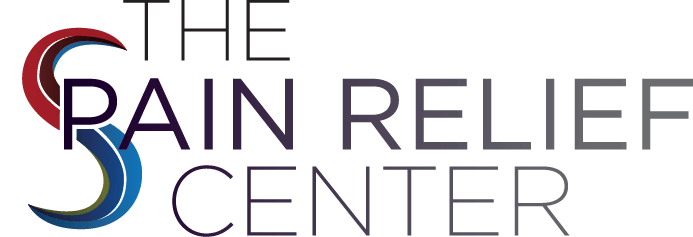PLANO NECK PAIN DOCTOR
NECK PAIN RELIEF & MANAGEMENT
Home » Conditions » Neck Pain
CENTERS & INSTITUTES
NECK PAIN FACTS
The cervical spine (area of the neck) is a wonderful and complicated structure, capable of supporting your head which weighs at least 15 lbs. even while moving in many directions. While there are no other areas in your spine with this much freedom of movement, complexity and frequent mobility could prepare the neck for both pain and injury, at times.
The Neck Structure Includes
- 7 vertebrae
- Intervertebral discs for absorbing shock
- Joints
- Spinal Cord
- 8 nerve roots
- Vascular Elements
- 32 muscles
- A number of ligaments
The Neck Is Capable Of Moving Your Head In Many Directions:
- 90° of flexion (forward motion)
- 90° of extension (backward motion)
- 180° of rotation (side to side)
- Almost 120° of tilt to either shoulder
Nerve roots begin at your spinal cord like tree branches through the foramen in your vertebrae. Each nerve root transmits nerve impulses both to and from the brain, shoulders, arms, and chest. The vascular system, which consists of 4 arteries and veins, run through the neck to circulate blood between the brain and the heart. Joints, muscles, and ligaments facilitate movement and serve to stabilize the structure.
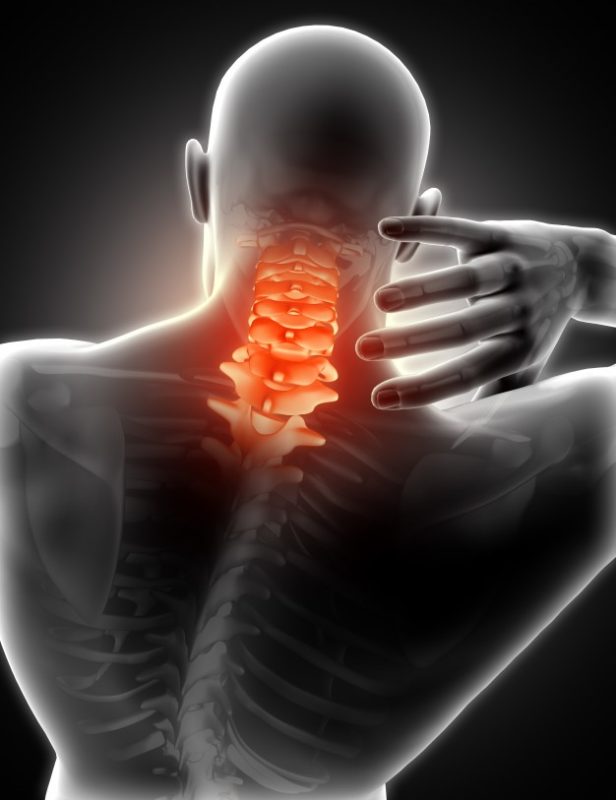
CONDITIONS THAT CAUSE NECK PAIN
Pain located in the neck is a common medical condition, which can develop from many types of disorders and diseases that involve any tissues in the neck.
Examples of common conditions causing neck pain include:
- Degenerative Disc Disease
- Neck strain
- Whiplash
- Herniated discs
- Pinched nerves.
- Viral infections (which can lead to lymph node swelling and neck pain)
Neck pain may also develop from rare infections like tuberculosis of the neck, infection of the spine bones in the neck, meningitis, fibromyalgia, polymyalgia rheumatica, in addition to uncomfortable positions of the neck when sleeping with your head on a pillow.
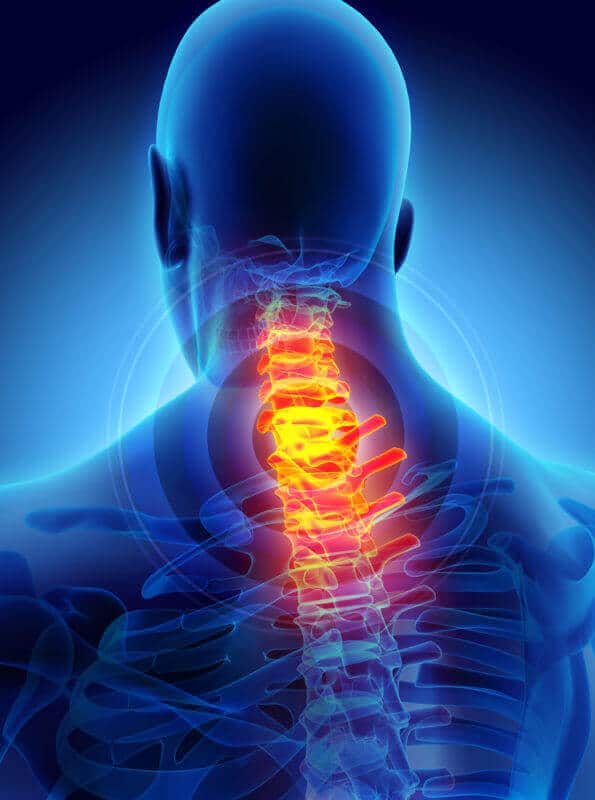
COMMON CONDITIONS THAT MAY ELEVATE ONE'S NECK PAIN
EVERYDAY LIFE
Bad posture, obesity, or weak abdominal muscles can disrupt your spinal alignment, which causes the neck to bend forward. Stress or emotional tension can also make muscles tighten or contract, which often results in pain and stiffness.
AGE
Degenerative disorders like osteoarthritis, spinal stenosis, or degenerative disc disease are known to affect the spine as a person ages.
INJURY & ACCIDENTS
Whiplash is a common injury sustained during an automobile accident. This is usually considered a hyperextension or hyperflexion injury because the head has been forced to move backward or forward rapidly, past your neck’s normal range of motion. This unnatural or forceful movement will affect the surrounding muscles and ligaments in your neck. Muscles react by tightening and contracting and can cause muscle fatigue, which also results in pain and stiffness.
OTHER DISEASE PROCESSES
Although neck pain can commonly be caused from a strain, enduring pain or neurologic deficit could indicate a more serious problem & these symptoms should not be ignored! A spinal infection, spinal cord compression, tumor, fracture, or other disorders might occur. If a head injury was sustained, then it is likely your neck has also been affected, and it is suggested you seek medical attention soon.
NECK PAIN DIAGNOSIS
Physical Exam
Getting an experienced diagnosis is extremely important when determining the best course of treatment for neck pain. A complete medical history and physical exam can help to identify any serious conditions that may be causing your neck pain. During the exam, a health care provider will ask you a number of questions:
- How long have you experienced neck pain?
- What activities may have caused the pain?
- What have you tried to relieve your neck pain?
- Does your neck pain travel to other body parts also?
- What affects the pain, making it lesser or greater?
Neurological Exam
A physical exam may include observing your back posture, the range of motion, and your physical condition. Any movement generating pain is carefully noted. Your physician will feel along the curvature of your spine to examine vertebral alignment, as well as detecting muscle spasms.
The neurological examination tests the patient’s reflexes, muscle strength, sensory and/or motor changes, and pain distribution. X-ray or MRI exams may even be ordered which can reveal narrowing of disc space, fracture, osteophyte formation, and osteoarthritis. Bulging discs and herniations, often responsible for neurologic symptoms, are best detected using an MRI scan.
Electromyography
If there is any nerve damage suspected, then the doctor may order a special test so they can measure how quickly your nerves are sending impulses. These tests are called electromyography, or nerve conduction studies.
These studies typically aren’t scheduled immediately because it could take several weeks for nerve impairment to become detectable.
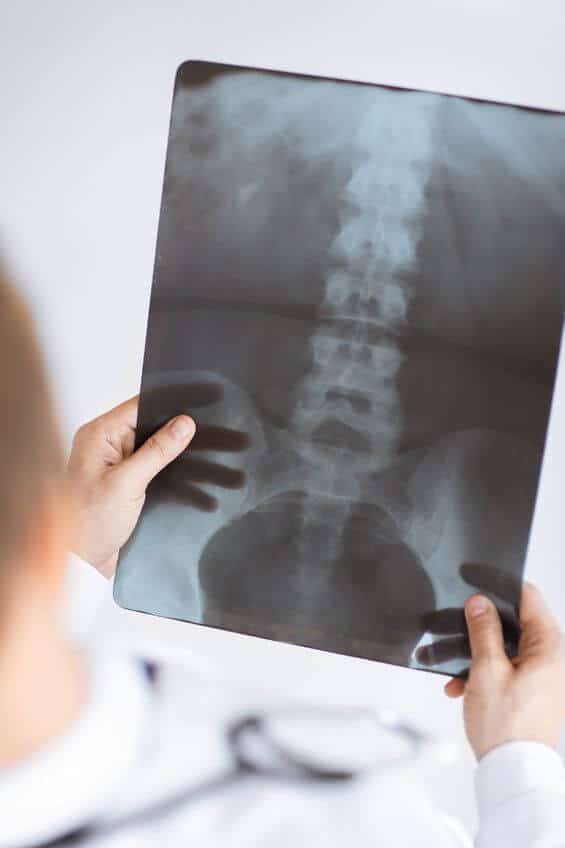
NECK PAIN TREATMENT
You may have just “slept wrong” last night, which could cause your neck muscles to tighten up and hurt, but daily life will eventually take its toll on your neck. The best thing that you can do is to give your body time to heal on its own, and never make matters worse. To get through your day without letting the pain interfere with your normal activities, you should:
- Gently stretch your neck.
- Try taking an OTC pain medication like Tylenol or Advil.
- Switch between hot and cold packs on your neck every 20 minutes to help with the pain and the healing process.
Fewer than 5% of all neck pain patients will end up needing surgery, but there are many options for you to try before neck surgery:
We perform the following treatments for neck pain relief:
More Conditions
- Achilles Tendinitis
- Allergies
- Arthritis
- Back Pain & Low Back Pain
- Bulging Disc
- Car Accident Injuries
- Carpal Tunnel Syndrome
- Cervicogenic Headache
- Chronic Pain
- Cluster Headache
- Degenerative Disc Disease
- Fibromyalgia
- Foot Pain
- Interstitial Cystitis
- Joint Pain
- Knee Pain
- Low Estrogen
- Neck Pain
- Occipital Neuralgia
- Osteoarthritis
- Osteoporosis
- Piriformis Syndrome
- Plantar Fasciitis
- Reflex Sympathetic Dystrophy (RSD)
- Rheumatoid Arthritis
- Rotator Cuff Tear
- Sacroiliitis Pain
- Sciatica
- Scoliosis
- Shingles
- Shoulder Pain
- Spinal Pain
- Spinal Stenosis
- Tension Headache
- Thoracic Pain
- TMJ
- Trigeminal Neuralgia
TAKE ACTION
The most critical step on the path to recovery is finding a pain management doctor who can address your pain management needs successfully. The Pain Relief Center and its five specialized institutes are dedicated to meeting any and all of a patient’s needs. Located in the Dallas-Fort Worth area, Dr. Rodriguez and his friendly staff will help you along the path to recovery.
Our new center in Dallas is part of a nationwide development by Pain Relief Centers, geared to providing individualized and comprehensive healing and pain management services with unprecedented levels of compassion, care, and comfort for each patient.
